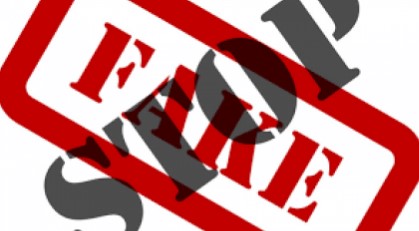

Users love to read articles filled with truthful information. The presence of errors or misrepresentation will lead to a decrease in brand reputation. Companies are also not interested in misinformation. The slightest mistake or typo can instantly get into customer stories, and the brand will be associated with just such memes. To avoid such mistakes and the spread of false information that diminishes trust, it is necessary to use fact-checking.
Fact checking is the verification of the facts used in the text. They must be truthful and not misleading. This technique is used to form a positive opinion about the company. Readers will be able to trust the brand. The presence of false information leads to an instant change of priorities – users will go to the company that will not deceive them.

What is a fact checker? This is the person who checks the correctness of the specified data. Abroad, people are hired for this, who have been doing this kind of work for a long time. Also, a fact checker is an author who checks when creating new materials.
Information is verified at several stages of working with content. First, a copywriter or journalist examines the data while writing an article. After publication, the site is fact-checked. At this point, you can quickly delete the incorrect data and replace it with truthful ones. It is equally important to check facts in articles describing research. The information may become out of date at the time of publication, so it will need to be changed.
The method of checking information for reliability includes the study of the following elements of the text:
When the information has been verified, you can send articles for publication. Otherwise, the value of the content is significantly reduced.

If you are not sure about the correctness of the facts used in the text, you can check them using the portals. The State Statistics Service of Ukraine is intended for this. It offers complete information for citizens of the country, news portals, private entrepreneurs and others.
Similar information is published on the Internet on a Facebook page. Every day, readers can check out content that contains the latest information. Fact-checking rules imply verification of information on various sources. Therefore, you can also refer to the English-language portals (Storyful.com, FactCheck.org and others) to ensure the accuracy of the factors of the international level.
If the article describes the course of historical events, it can be difficult for the author to indicate the exact day or year. To do this, you need to study the materials or contact expert historians. When writing texts about current events, the correct time and date are important, which are checked on various sites.

Content describing news about the company should include the form of organization, the possibility of merging with other firms, or the decoding of an abbreviation. You should carefully check the name of the organization, especially if it cooperates with global brands.
Vivid examples of the absence of fact-checking are published on various resources. Information was received from China about the miraculous properties of ginger. It reduces the likelihood of getting coronavirus. After the publication of this news in the media and other publications, many bloggers began to post it on their channels, although no information was received from WHO. This led to a sharp increase in the cost of ginger root, which made buyers unhappy.
Thorough verification of each fact will help to avoid company dissatisfaction and loss of customer interest. Better to double-check than create misleading articles.